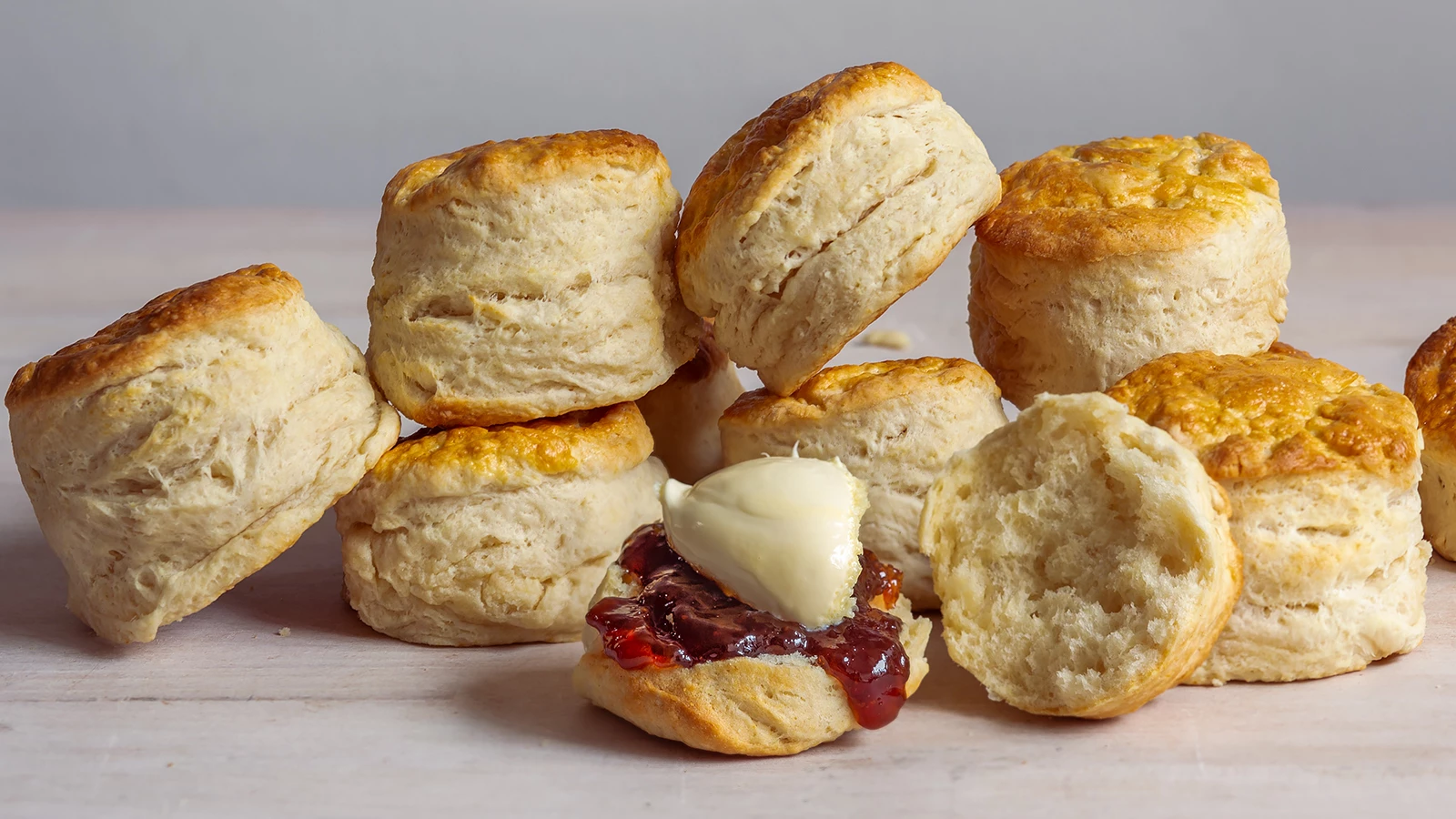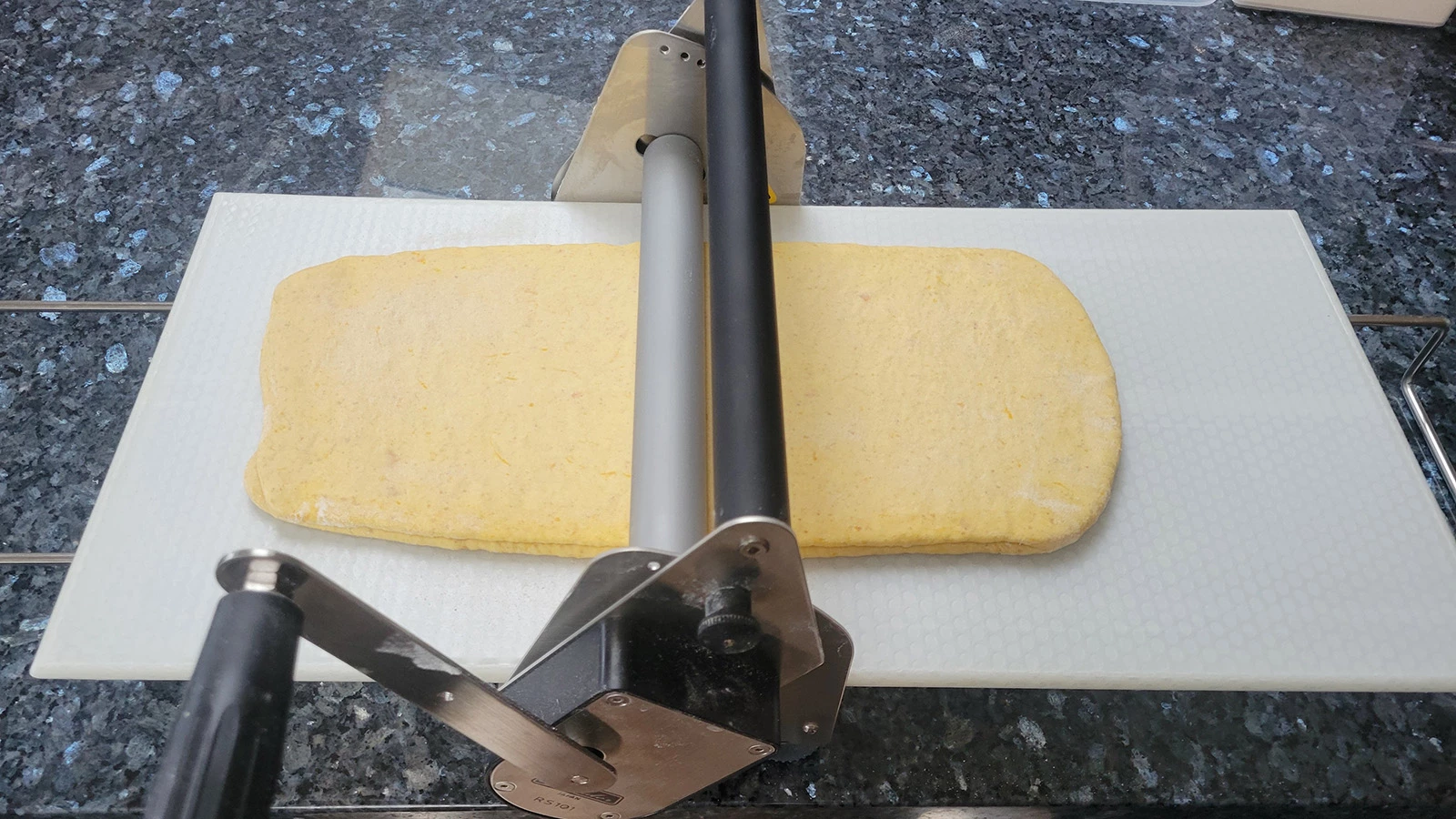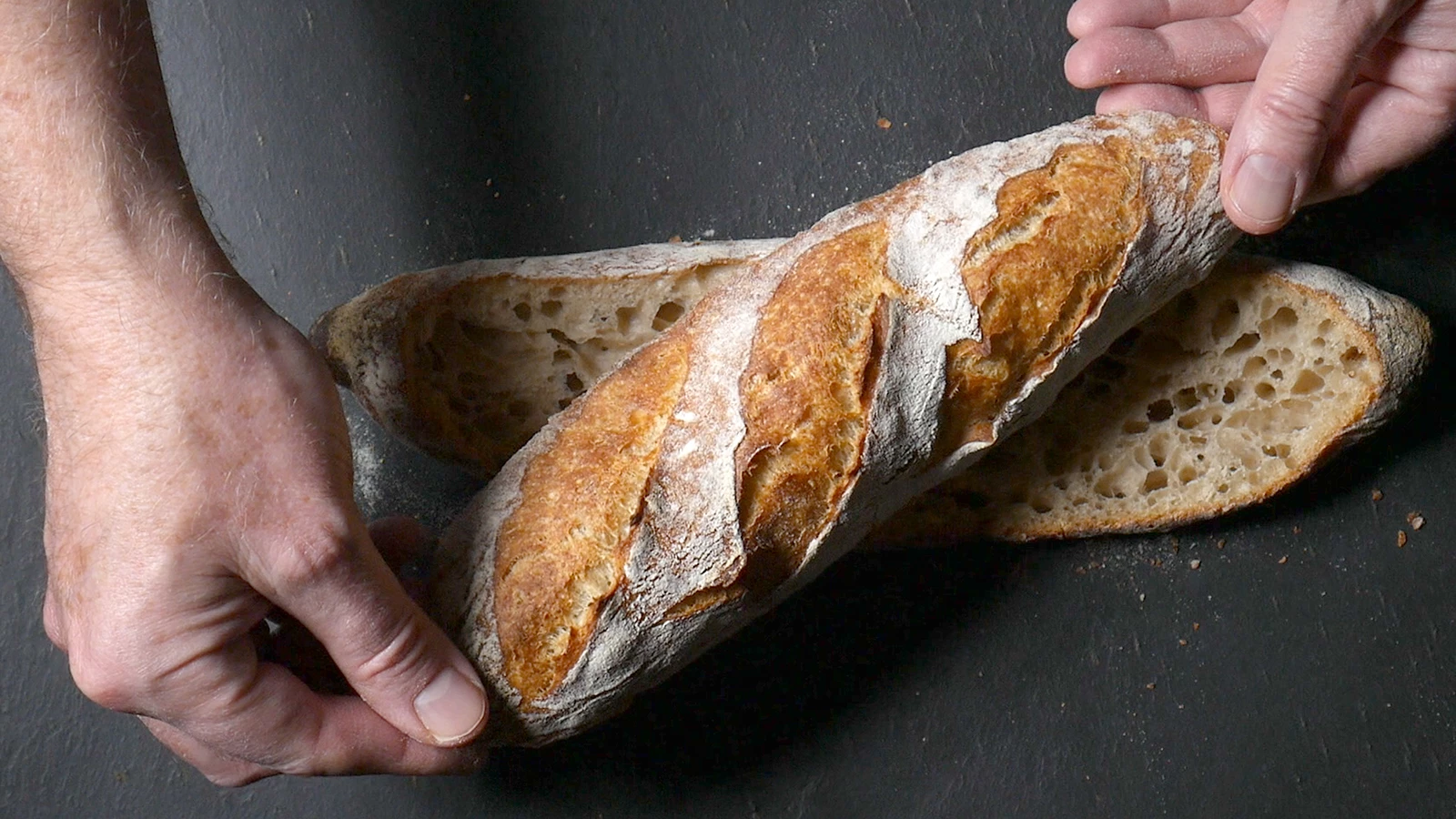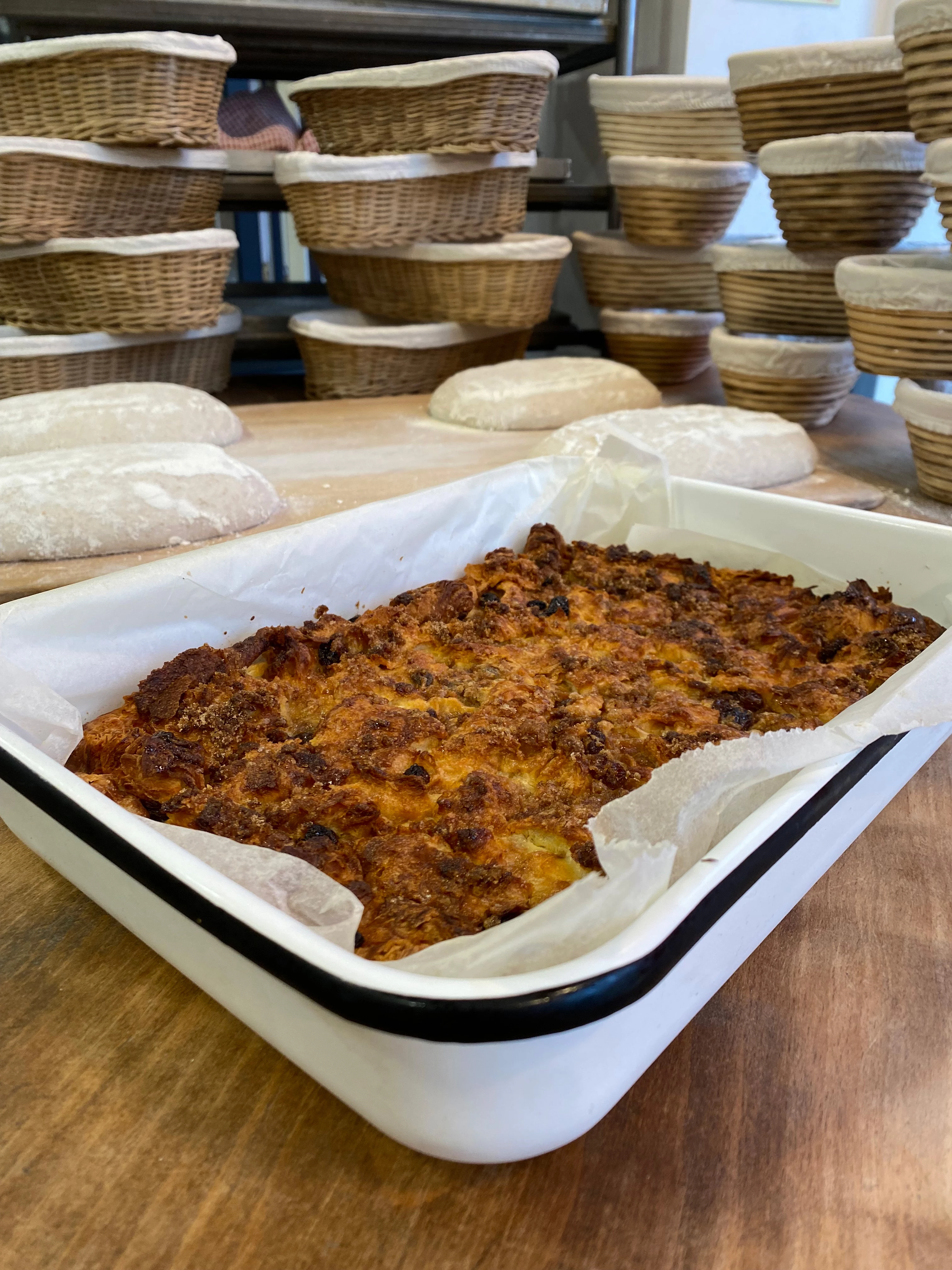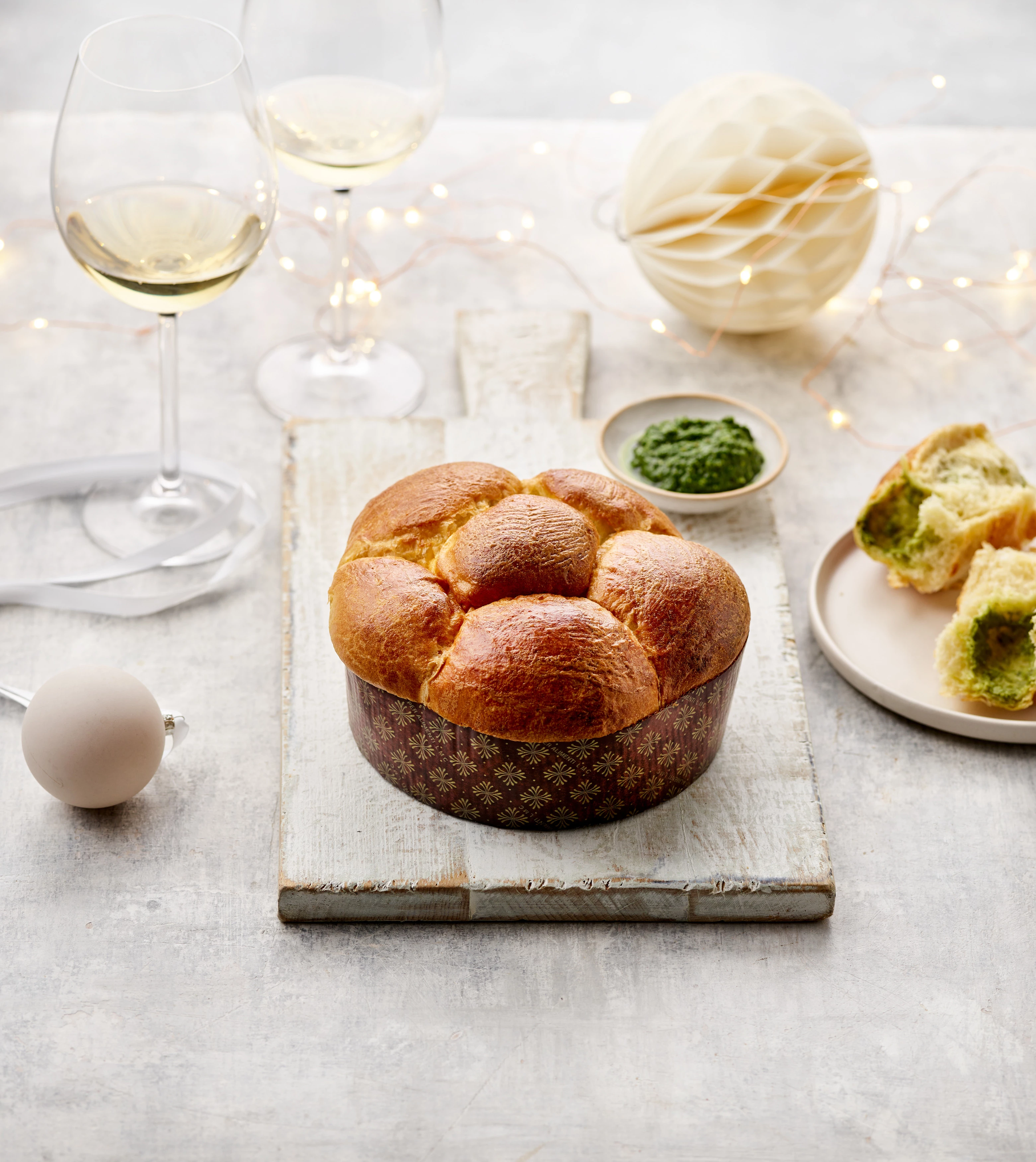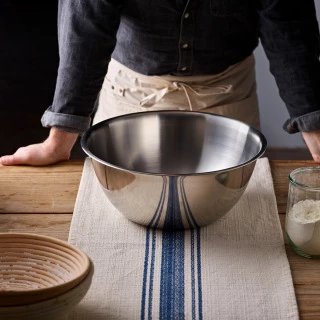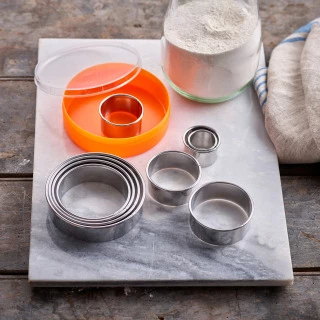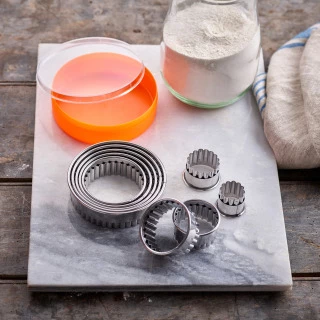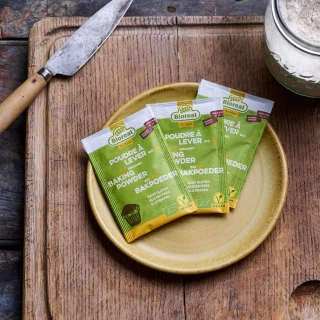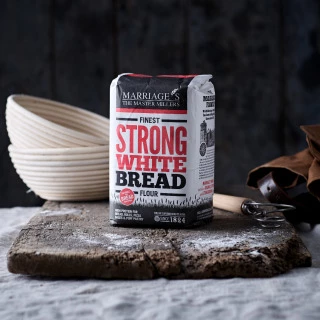Ingredients
400g strong white flour, like Marriage's Finest Strong White Bread flour
5g (3/4 tsp) Saltan Himalayan Super-Fine Pink Rock Salt
30g (6 tsp) baking powder, like Bioreal Organic Baking Powder With Pure Cream Of Tartar
120g unsalted butter
For the liquid
20g (4 tsp) caster sugar
100g milk, whole or semi-skimmed
100g plain yoghurt or buttermilk
50g double cream
beaten egg to finish

I’ve added some tweaks at the end that you can experiment with. It is a truth universally acknowledged, to cadge off Jane Austin (no doubt a scone fancier), that every cook prefers their own scone recipe and method best… and is appalled by everyone else’s effort. So use this recipe as a starting place for your own scone excellence.
Makes 12
Method
Put the flour, salt and baking powder in a mixing bowl. Add the butter and rub it through with your fingertips until there are only small flecks of butter remaining.
Add the liquid and mix through into a smooth dough. Pat or gently roll the dough out to about 2-3cm thick, then cut into rounds using a sharp cutter. Place on a baking tray lined with non-stick paper and brush the top with beaten egg.
Heat the oven to 200C and bake for about 15-20 minutes until golden on top and light to touch.
Tweaks to try
1. If you want a flakier crumb keep more flecks of butter through it, or even grate the butter in.
2. Bumpy and rough-looking scones have a lighter texture compared scone made from dough that’s been well-kneaded. So go gently and light-handedly with your dough shaping if lightness matters more that appearance.
3. Try patting the dough out quite thinly then fold it in upon itself by halves or thirds, to get a deep scone thickness. This will also help to create breaks in the scone layers as it bakes.
4. Once the scones are cut you can chill them for 30-60 minutes, as this will help them rise evenly.
5. Bake them close together on the tray, or even in a roasting tin, so that the hot blowing air of a fan oven won’t be able to distort the scones shape as much.
6. Whisk the egg using a fork with a pinch of salt and a tablespoon of water, this will make it easier and smoother to brush over the scone tops.

